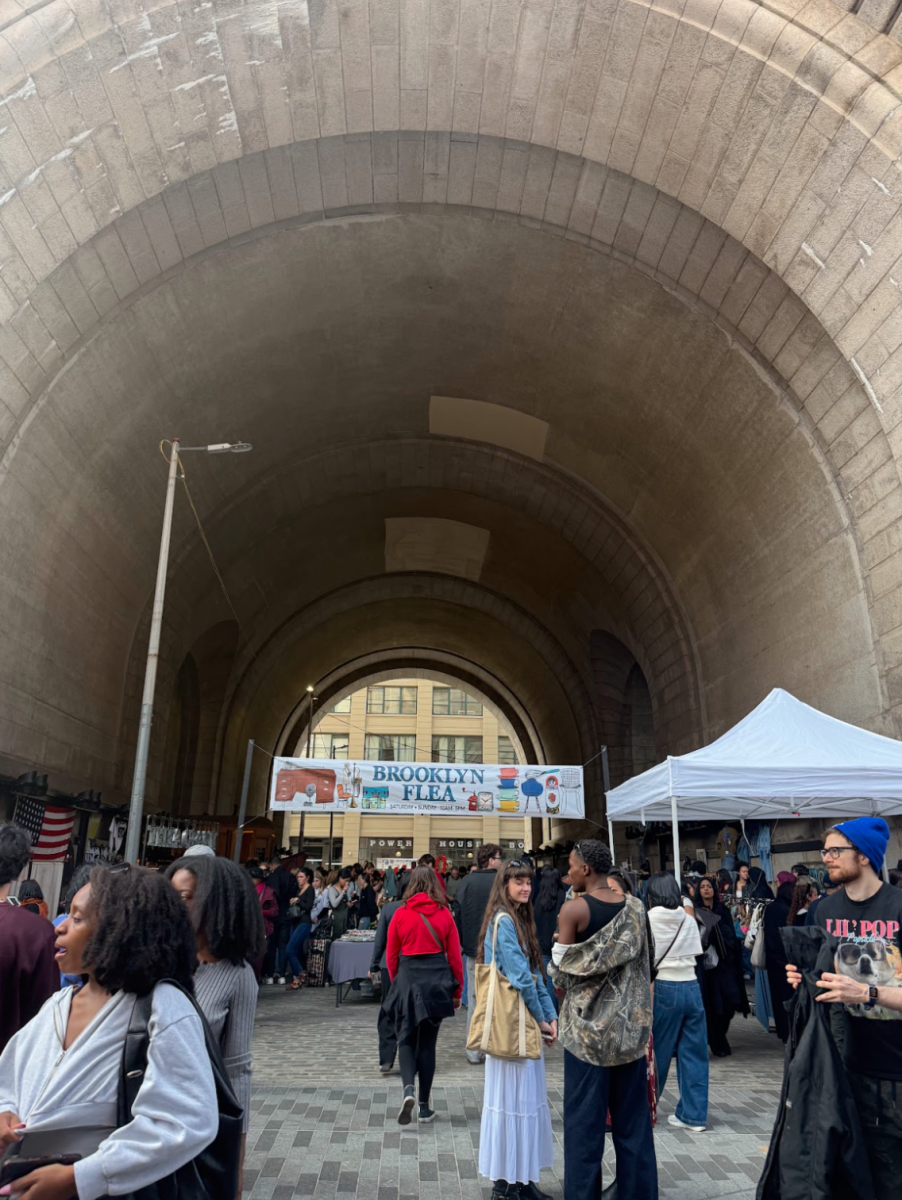
By Amanda Giglio and Lisa Calcasola
What could be more daring, sexy and quintessentially free than riding a motorcycle down the winding city streets on a hot summer night? Riding a vehicle that provides no physical barriers between your body and the outside world is both the cause of adrenaline-pumping, scream-inducing joy and petrifying, heart-wrenching terror for the more faint-of-heart. While motorbikes aren’t necessarily the same as motorcycles, motorbikes provide that same wind-in-your-face danger and allure of the open road, more for your senses than to your SUV-driving neighbors.
This free-spirited, adventurous approach is the inspiration behind CitiScooter’s new motorbike launch, ready to challenge conventional ways of transportation. CitiScooter designs their rental motorbikes with 21st-century technology — evidenced by the fact that to lock, unlock and even start the bike, you simply need to press a button on the CitiScooter app. Their vision is to get 10,000 of their bikes on the streets of North America and Europe by the end of 2016. The company prides itself on providing a more efficient, environmentally friendly and exciting way to get around cities and even college campuses. Drawing stylistic inspiration from the 1950s, the scooters are a nostalgic tribute to the romantic Vespa era.
The concept of CitiScooter is simple and foolproof. The bikes are available to rent by the hour. Everything begins with the download of the CitiScooter app. By downloading the app, customers have access to locking and unlocking, renting, reserving and locating their scooters. The app even starts the scooter for you. The GPS-enabled app also serves as a type of social media for customers to connect, share and meet with other CitiScooter riders. Gas, insurance and a helmet are also included in the hourly rental deal. Once you are finished, simply return the bike to the nearest CitiScooter location.
The first wave of CitiScooters arrived to the United States from China in January 2015. The vision is to get customers offline and disconnected from the world of technology so they can find their roots in nature and open communication. Non-traditional motor vehicles as a way of transportation have been on the rise, with companies like Zipcar, Uber and CitiBike becoming increasingly popular. A number of factors have influenced this trend, including the extreme financial expenses of car ownership and parking shortages. Rental services as a means of public transportation have become a cheaper, more convenient option and CitiScooter has the added “cool factor” advantage for college students and adults alike.
When CitiBikes became popular, through the help of NYC government officials and the push to become more pedestrian-friendly, there was a huge impact on the city environment and mentality of its citizens. Janette Sadik-Khan, former commissioner of New York City Department of Transportation, worked to add 285 miles of bike lanes to New York, doubling the bike share in the city. Also, since Manhattan has the highest population density in the country and is closer in landuse to European countries, it makes sense to try and make it easier for bikers and pedestrians to get around. The impact on the environment is just as important because using bikes over automobiles has prevented 439 tons of carbon dioxide from being expelled into the atmosphere since 11.2 million miles have been biked instead of driven.
The hype revolving around CitiBikes and the positive impact it has on Manhattan makes CitiScooter seem like a great idea. CitiScooter adds more efficient ways of transportation that can help reduce our carbon footprint and make NYC a pedestrian-friendly place. However, with this new system and more modes of transportation on the roads, one has to wonder whether there will be more accidents and injuries.
CitiScooters are meant to become mainstream in the US in 2016, and hopefully, by then more bike and scooter lanes will be made to accommodate the extra vehicles.









































































































































































































